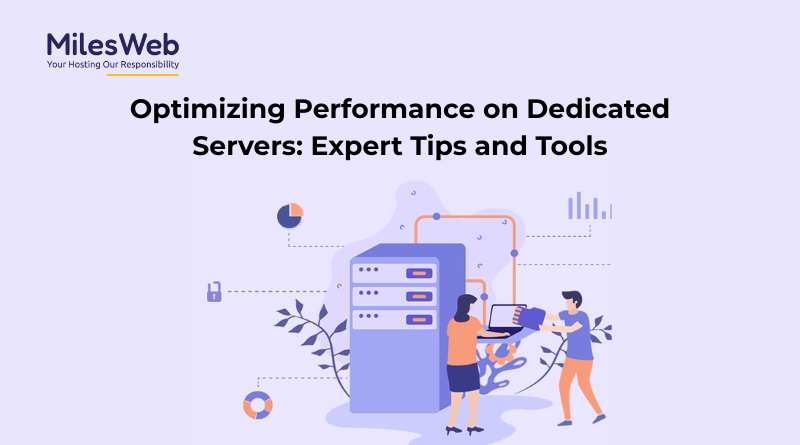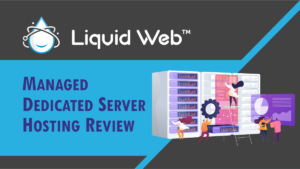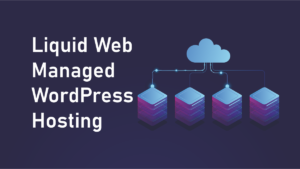Though it sounds unexpected, 45% of website visitors leave a site if it takes longer than 3 seconds to load. Speed has become a new currency for individuals or businesses to thrive online. The real measure of a website’s performance in a digital landscape depends on top-notch security and exceptional user experience. When your businesses continue to scale, managed dedicated server web hosting emerges as the best companion for the optimized performance of your website. Buying a dedicated server isn’t enough to uncover its full potential. It’s necessary to optimize its infrastructure for top-tier speed and greater efficiency.
Reading this blog will take you through powerful strategies and tools to elevate the performance of your dedicated server.
Why Performance Optimization is important
Let’s discuss the why part before we find out how to do it. Your website gets complete control of exclusive resources as a key feature of a dedicated server. It seems like the best option, right? Even top-tier hardware may fall short without the correct server configuration in place. It ultimately results in server inefficiencies, weaker SEO performance, and unexpected downtimes. Improving performance metrics helps boost results and ensure sustainable growth.
Ready to level up your game? Here are some result-driven tips and tools to boost your optimization efforts.
- Begin with a Benchmark Analysis
Setting a performance baseline should be the starting point before optimization efforts. Popular tools like Pingdom add significant value to your website performance. These are essential in evaluating core benchmarks like performance bottlenecks, page loading speed, and server response times. Some tools, like GTmetrix, enable you to test performance parameters from numerous locations and give you valuable insights into website performance across the globe.
- Deploy Streamlined Web Server or Optimize Existing One
Most servers run on Nginx or Apache when setting up a dedicated server. Though Apache is powerful and versatile, it can put a load on system resources. On the other hand, Nginx is known for its efficiency and performs at a higher scale to serve static content. For web performance, integrate keep-alive connections to minimize latency and set caching headers. A hybrid setup works well for the best outcome, with leverage for dealing with Nginx and Apache for a dynamic backend.
- Determine the Most Suitable OS and Kernel
Selecting the correct operating system is the ideal step to ensure complete stability, whichever platform you prefer. Linux-based systems are popular for robust security, optimal performance, and scalability. Additionally, optimizing kernel configurations leads to improved I/O throughput and a better multitasking rate. You should always test comprehensively before deploying any changes, since incorrect kernel tuning could have adverse effects.
- Employ Catching to Boost Efficiency
Caching is one of the effective server management practices that improve overall server response time and handle traffic at a large scale. You can use in-memory data stores that save frequently used results. It saves systems time by eliminating the need for fetching them repeatedly. Additionally, you can utilize a complete page caching framework to produce pre-rendered content promptly. Integrate OPcache to increase the processing functionality of your website by storing precompiled code in memory. Optimized caching decreases the server’s burden and ensures user satisfaction.
- Boost Server Protection
To ensure stronger security of your server, consider integrating fail2ban or CSF with optimized rulesets. You can increase SSH security by turning off root login and integrating key-based authentication. Also, keep track of running services to ensure the continuation of only those required. A profile of high-volume logging, complex firewall settings, and unoptimized malware scanners are factors that slow down your server speed. A fortified server operates at its full capability and avoids unnecessary disruptions.
- Constantly Monitor Resource Consumption
Initial tuning alone isn’t sufficient to ensure the needed things; it requires continuous refinement for optimal results. Monitoring tools play a key role in quickly resolving server issues and getting real-time metrics for which you can leverage tools like Netdata. Use server monitoring tools such as Glances for immediate system health assessments. You can choose enterprise-class tools to resolve issues before they happen. With the help of advanced tools, you can keep track of network throughput and CPU performance.




